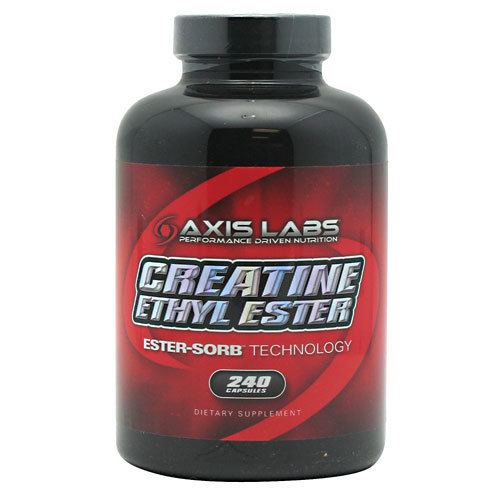Formula C6H13N3O2 Density 1.18 g/cm³ | Molar mass 159.19 g/mol Boiling point 228.6 °C | |
 | ||
IUPAC ID Ethyl N-(aminoiminomethyl)-N-methylglycine | ||
Creatine ethyl ester vs monohydrate
Creatine ethyl ester, also known as creatine ester, cre-ester and CEE, is a substance sold as an aid for athletic performance and for muscle development in bodybuilding. It is an ethyl ester derivative of creatine, from which it is made. In the body, CEE is converted back into creatine. CEE is said to have a much better absorption rate and a longer half-life in the body than regular creatine monohydrate, because it is slightly more lipophilic. It is also proposed to bypass the creatine transporter, thereby increasing skeletal muscle uptake of creatine and leading to an increased ability to regenerate ATP. However, in a published study comparing the two, CEE was not as effective at increasing serum and muscle creatine levels or in improving body composition, muscle mass, strength, and power. The same study found CEE to be comparable to placebo.
Contents
Research published in 2013 found that creatine ethyl ester is likely to be no better than taking creatine.
As a supplement, the compound was developed, patented and licensed through UNeMed, the technology transfer entity of the University of Nebraska Medical Center, and is sold under numerous brand names.
